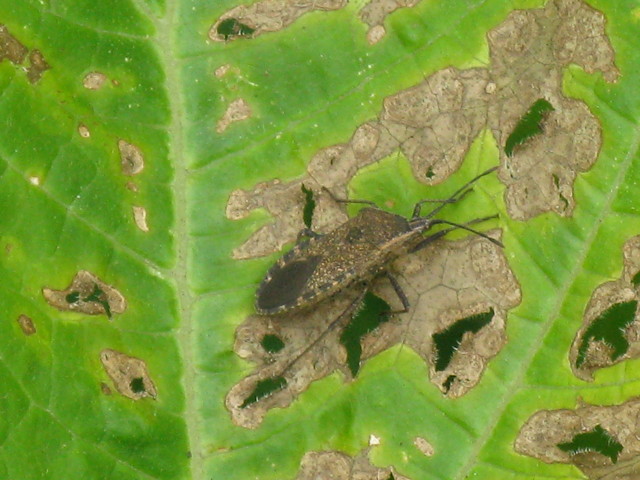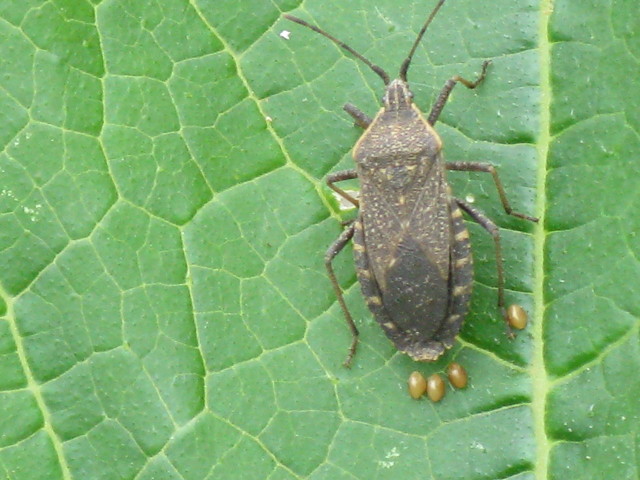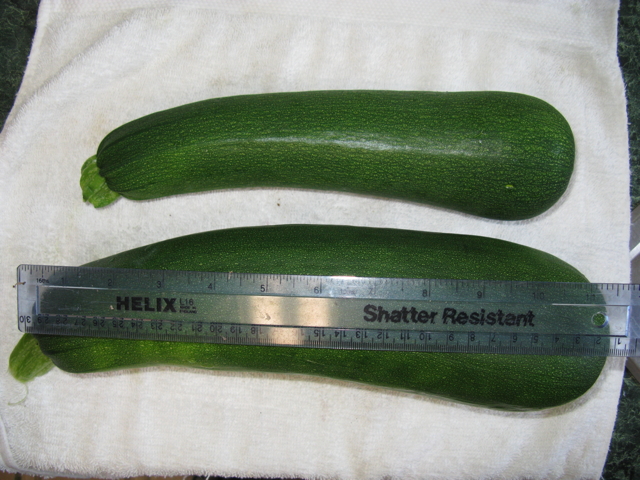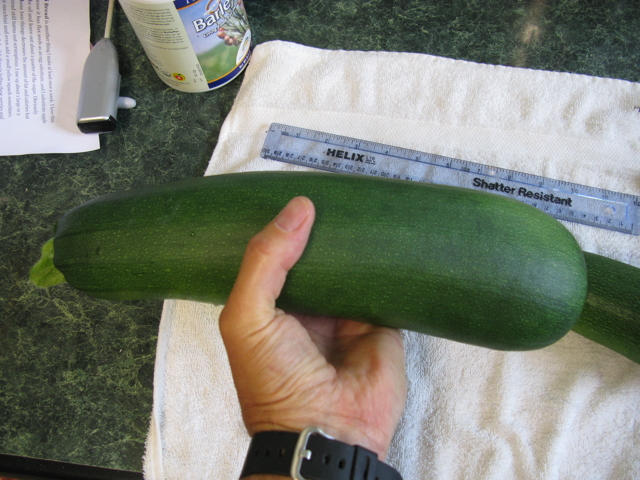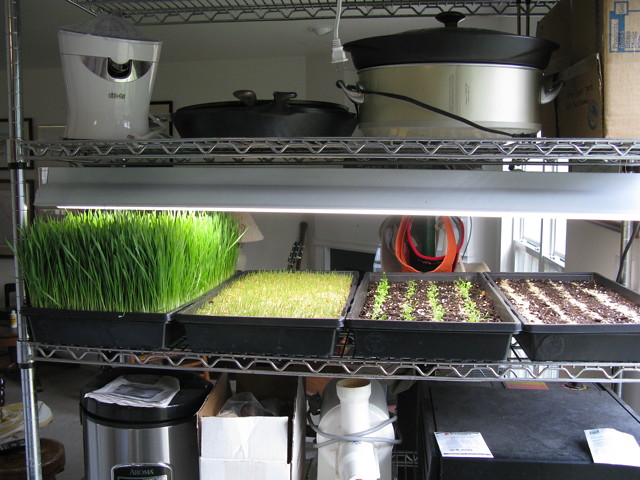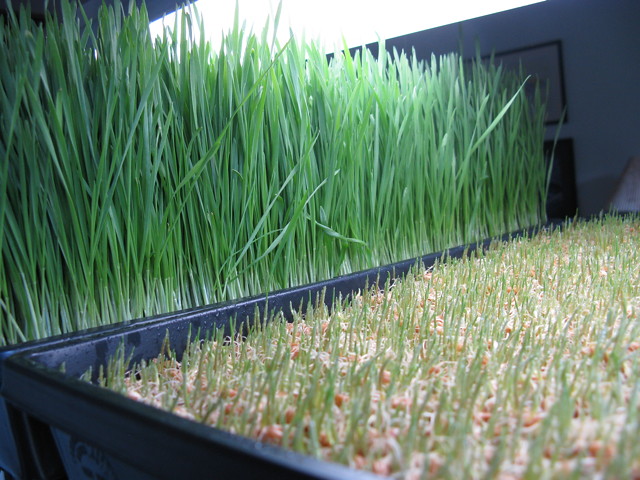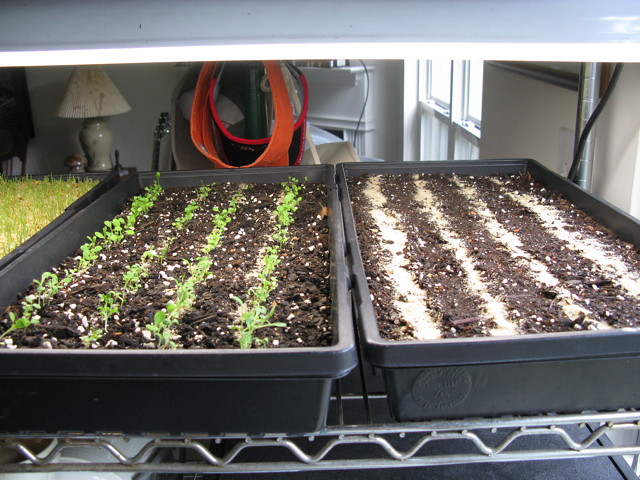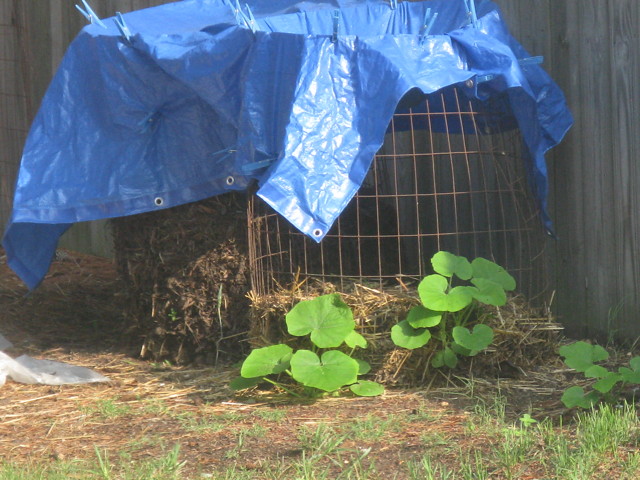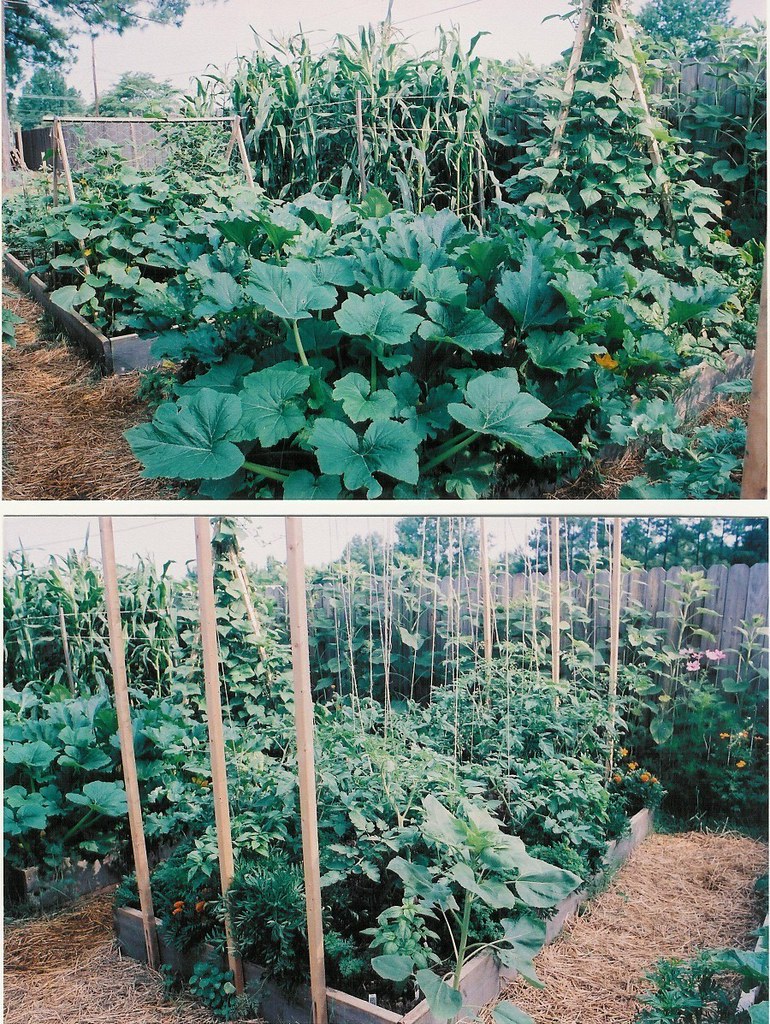Saturday, June 5, 2010
Squash Bugs
Friday, June 4, 2010
Aarrgghhhhh! Hallelujah!
 Aarrgghhhhh:
Aarrgghhhhh:Wednesday, June 2, 2010
How to Celebrate the Resurrection
Growing Things
Monday, May 31, 2010
The Importance of the Table
But the movement’s interest in such seemingly mundane matters as taste and the other textures of everyday life is also one of its great strengths. Part of the movement’s critique of industrial food is that, with the rise of fast food and the collapse of everyday cooking, it has damaged family life and community by undermining the institution of the shared meal. Sad as it may be to bowl alone, eating alone can be sadder still, not least because it is eroding the civility on which our political culture depends.
That is the argument made by Janet Flammang, a political scientist, in a provocative new book called The Taste for Civilization: Food, Politics, and Civil Society. “Significant social and political costs have resulted from fast food and convenience foods,” she writes, “grazing and snacking instead of sitting down for leisurely meals, watching television during mealtimes instead of conversing”—40 percent of Americans watch television during meals—”viewing food as fuel rather than sustenance, discarding family recipes and foodways, and denying that eating has social and political dimensions.” The cultural contradictions of capitalism—its tendency to undermine the stabilizing social forms it depends on—are on vivid display at the modern American dinner table.
In a challenge to second-wave feminists who urged women to get out of the kitchen, Flammang suggests that by denigrating “foodwork”—everything involved in putting meals on the family table—we have unthinkingly wrecked one of the nurseries of democracy: the family meal. It is at “the temporary democracy of the table” that children learn the art of conversation and acquire the habits of civility—sharing, listening, taking turns, navigating differences, arguing without offending—and it is these habits that are lost when we eat alone and on the run. “Civility is not needed when one is by oneself.”
These arguments resonated during the Senate debate over health care reform, when The New York Times reported that the private Senate dining room, where senators of both parties used to break bread together, stood empty. Flammang attributes some of the loss of civility in Washington to the aftermatch of the 1994 Republican Revolution, when Newt Gingrich, the new Speaker of the House, urged his freshman legislators not to move their families to Washington. Members now returned to their districts every weekend, sacrificing opportunities for socializing across party lines and, in the process, the “reservoirs of good will replenished at dinner parties.” It is much harder to vilify someone with whom you have shared a meal.
Flammang makes a convincing case for the centrality of food work and shared meals, much along the lines laid down by Carlo Petrini and Alice Waters, but with more historical perspective and theoretical rigor. A scholar of the women’s movement, she suggests that “American women are having second thoughts” about having left the kitchen. However, the answer is not for them simply to return to it, at least not alone, but rather “for everyone—men, women, and children—to go back to the kitchen, as in preindustrial days, and for the workplace to lessen its time demands on people.” Flammang points out that the historical priority of the American labor movement has been to fight for money, while the European labor movement has fought for time, which she suggests may have been the wiser choice.
At the very least this is a debate worth having, and it begins by taking food issues much more seriously than we have taken them. Flammang suggests that the invisibility of these issues until recently owes to the identification of food work with women and the (related) fact that eating, by its very nature, falls on the wrong side of the mind–body dualism. “Food is apprehended through the senses of touch, smell and taste,” she points out, which rank lower on the hierarchy of senses than sight and hearing, which are typically thought to give rise to knowledge. In most of philosophy, religion, and literature, food is associated with body, animal, female, and appetite—things civilized men have sought to overcome with reason and knowledge."

